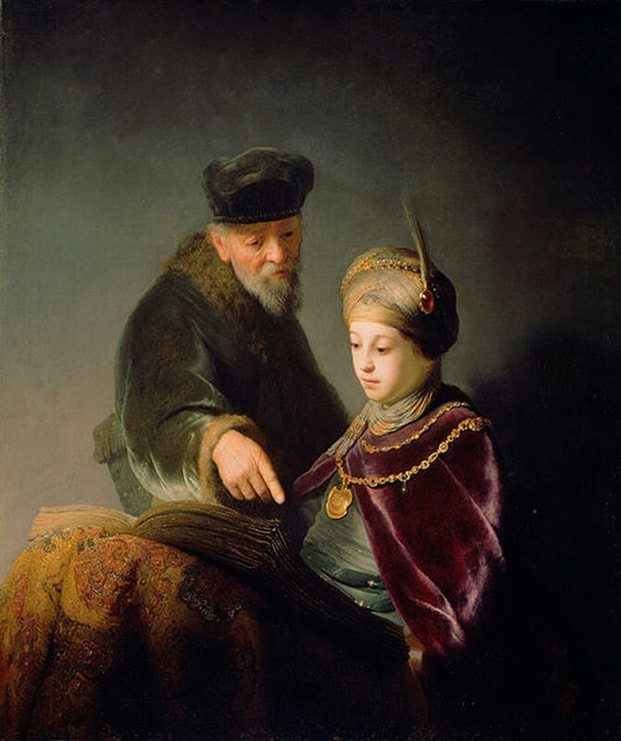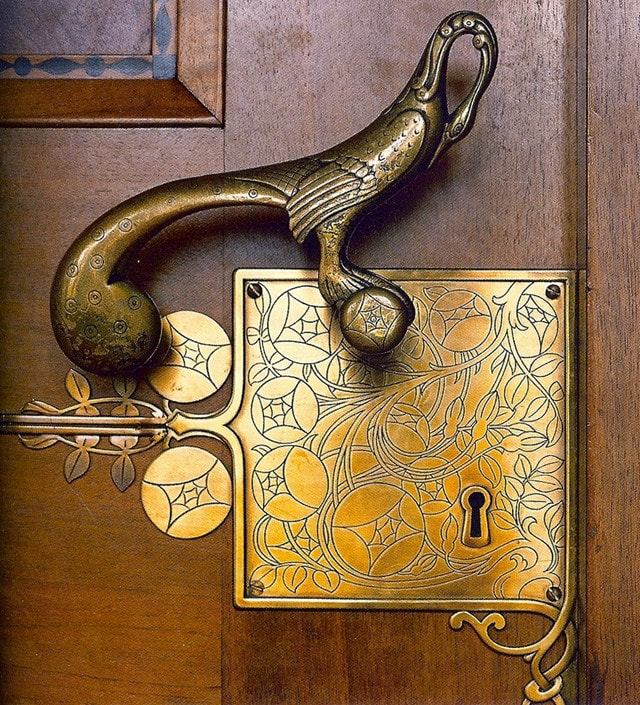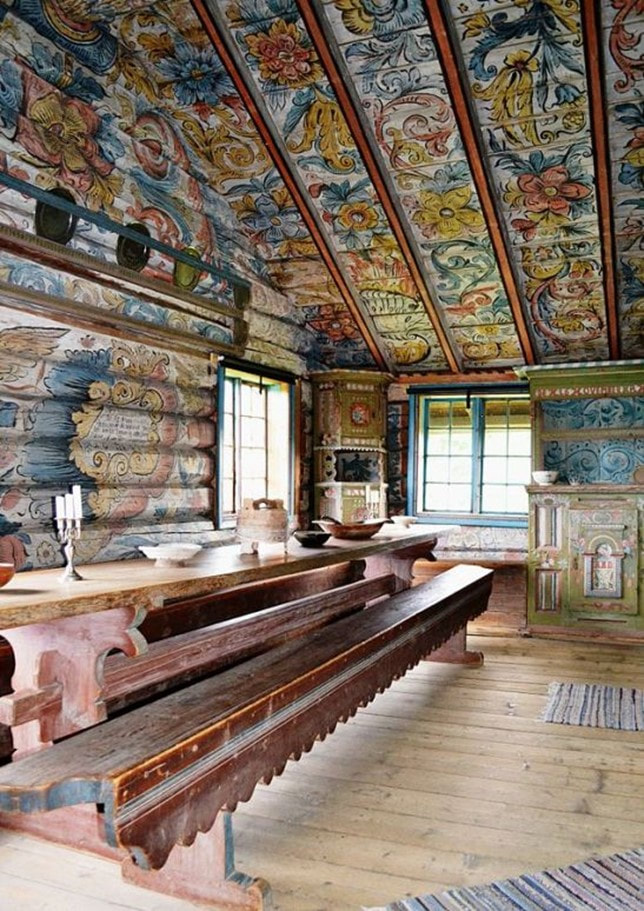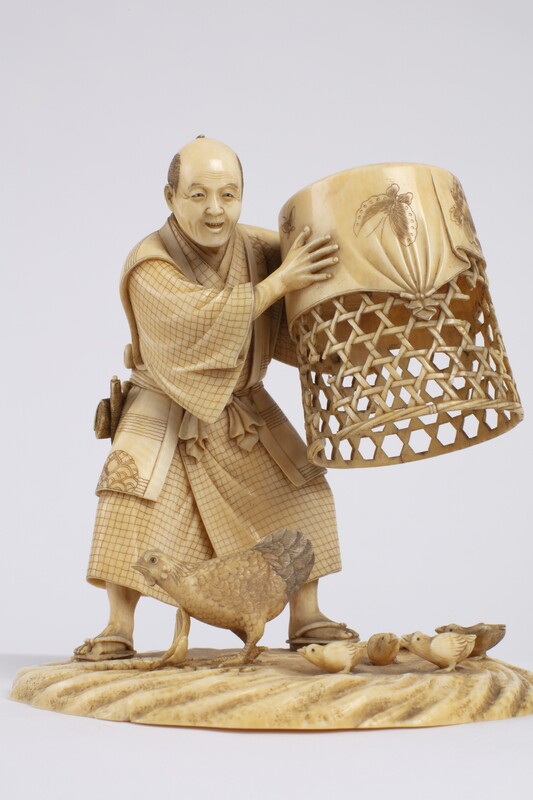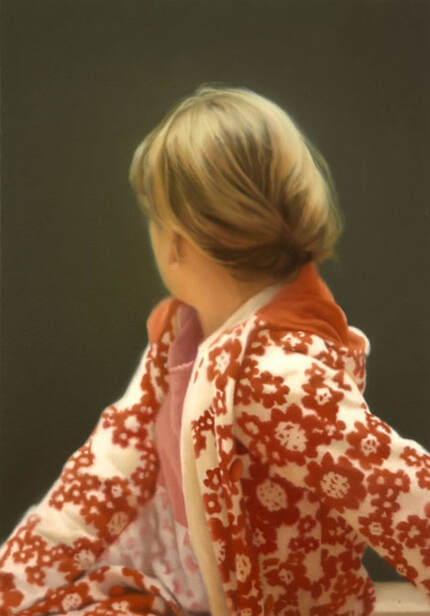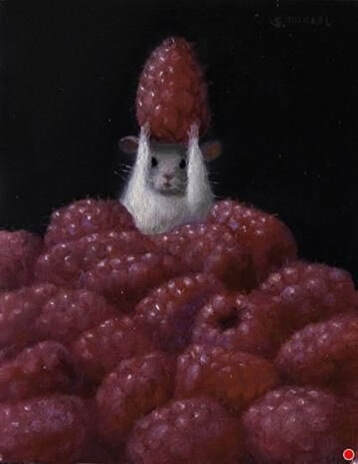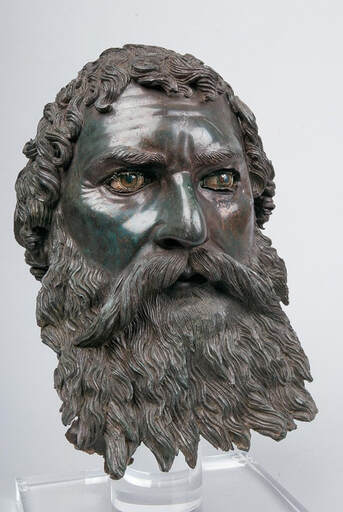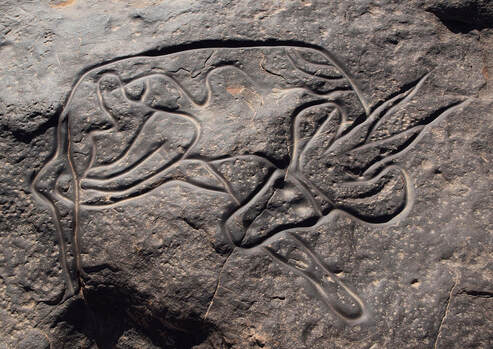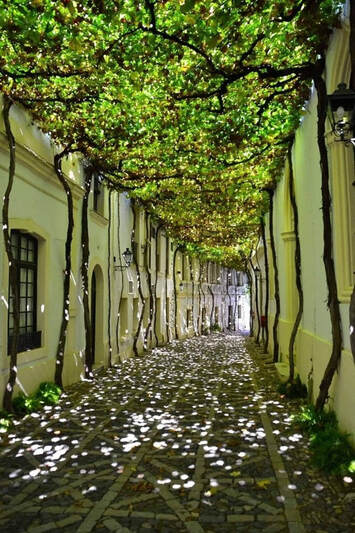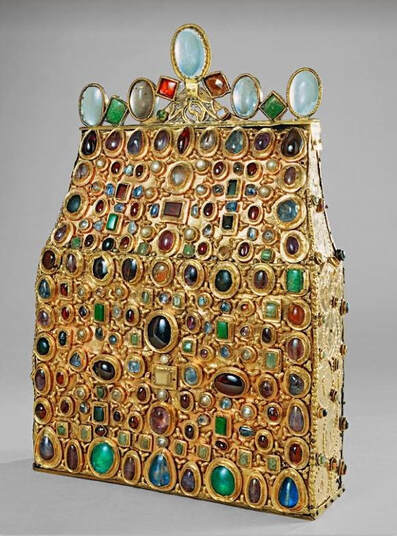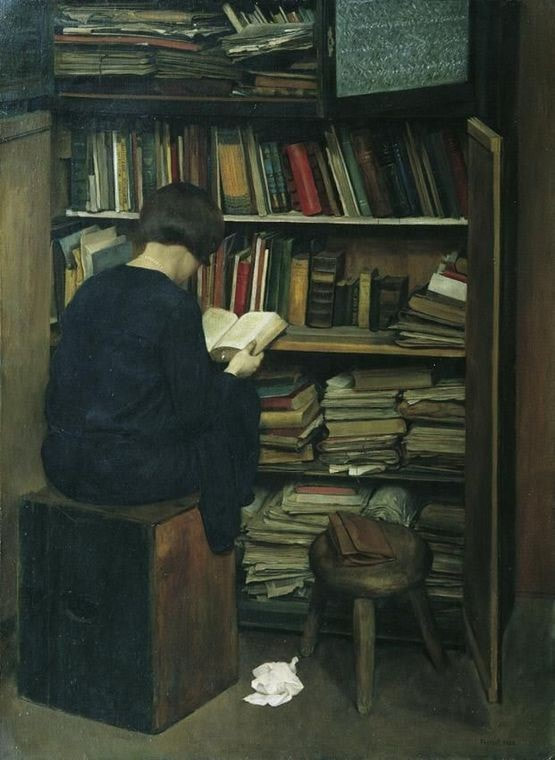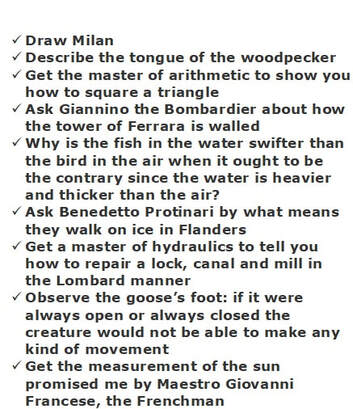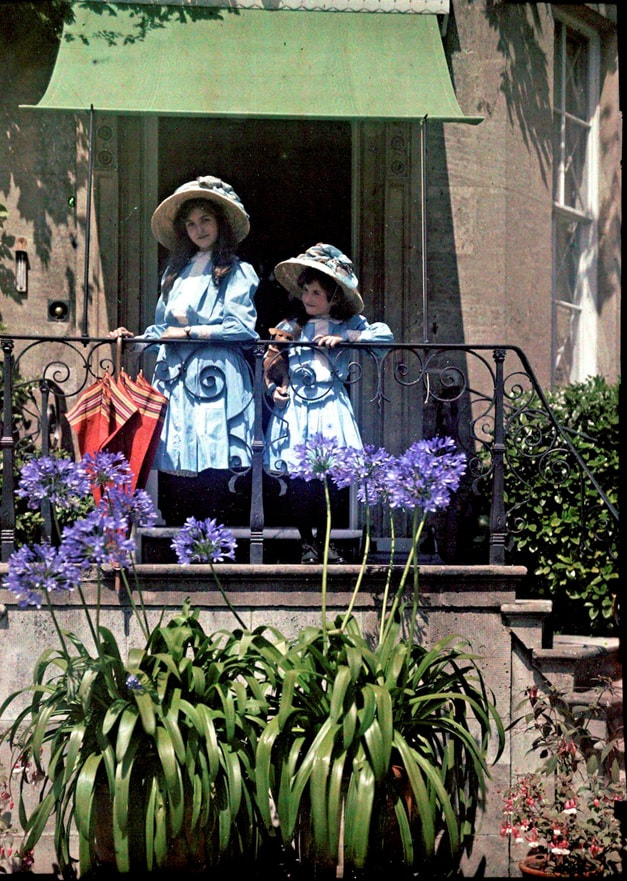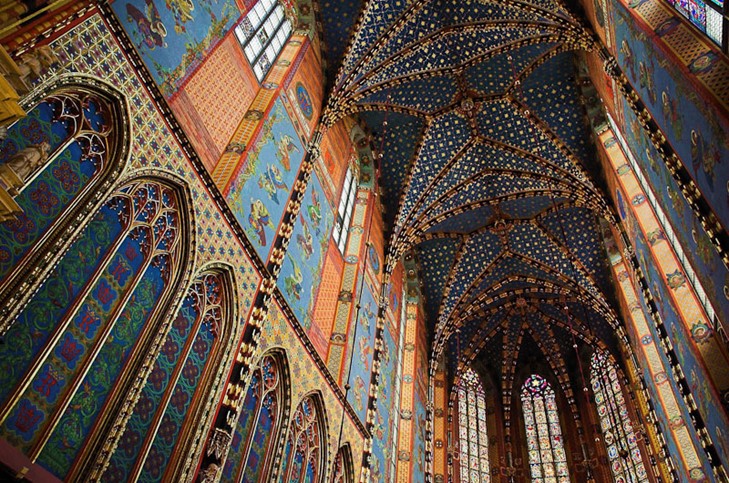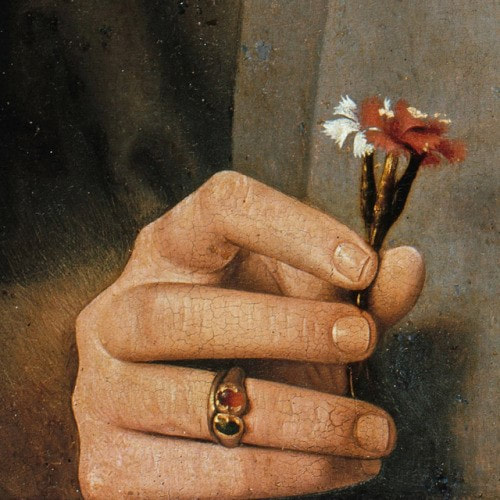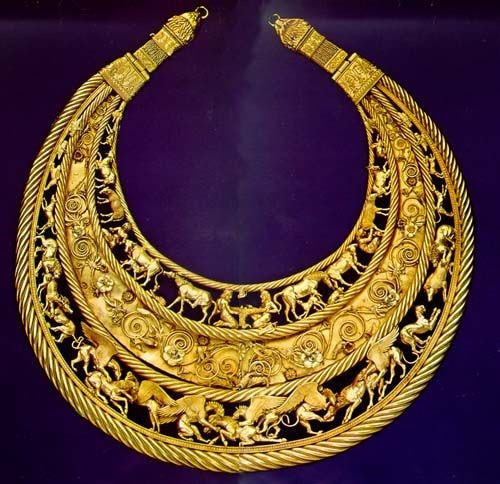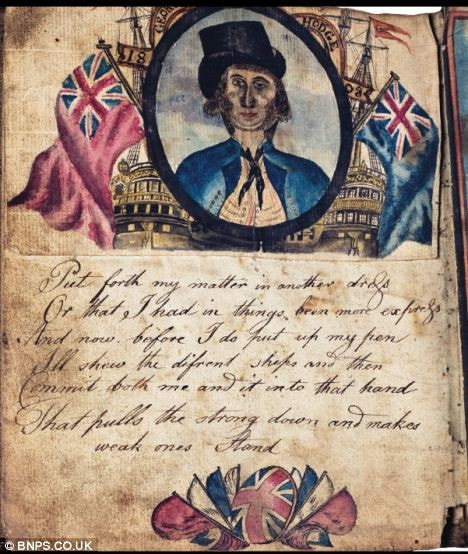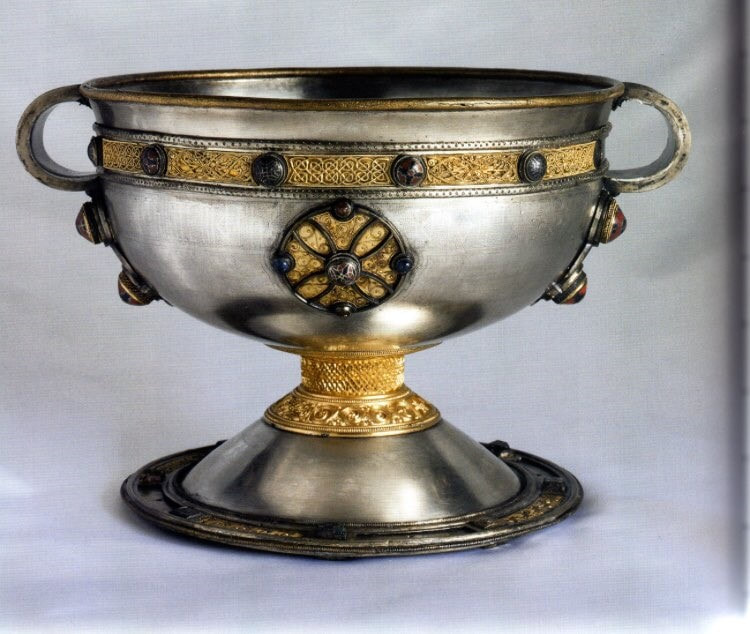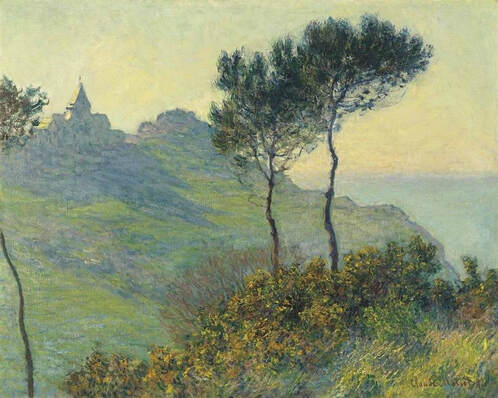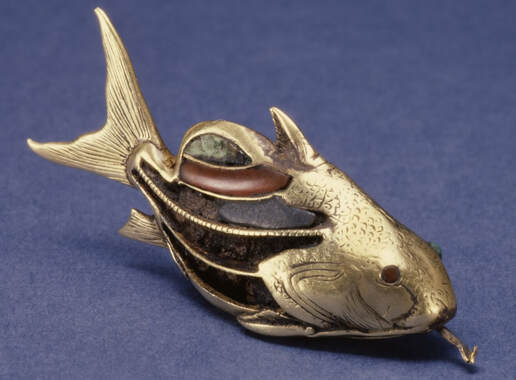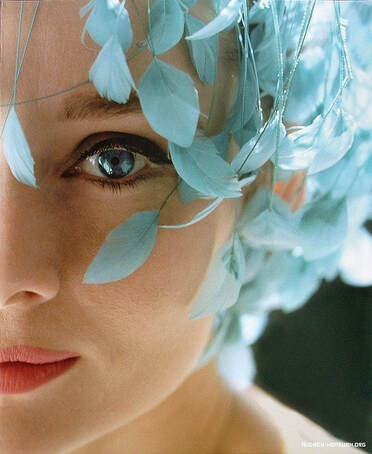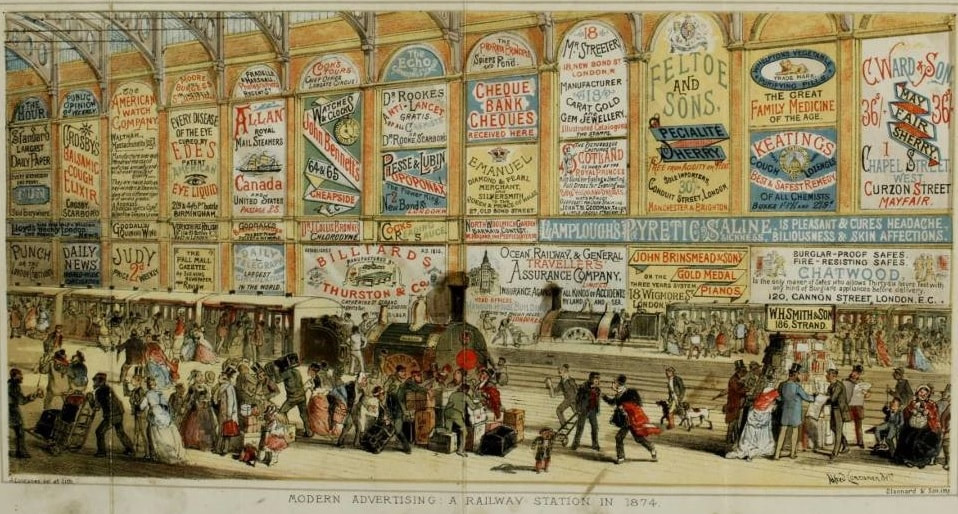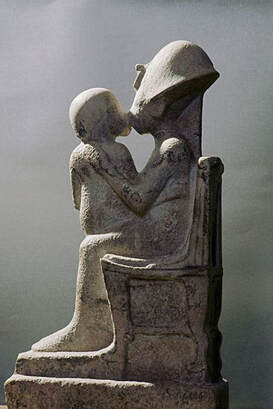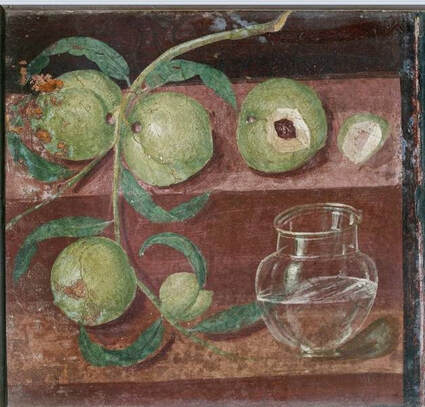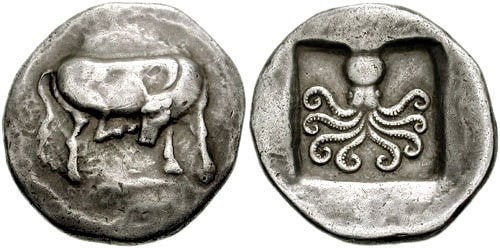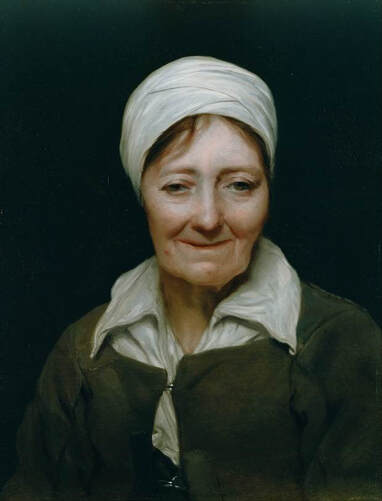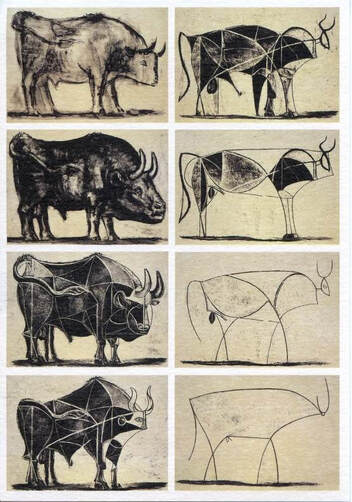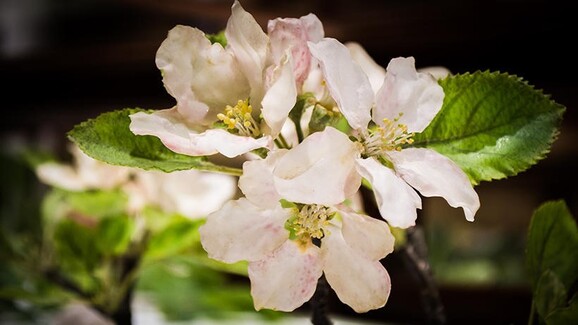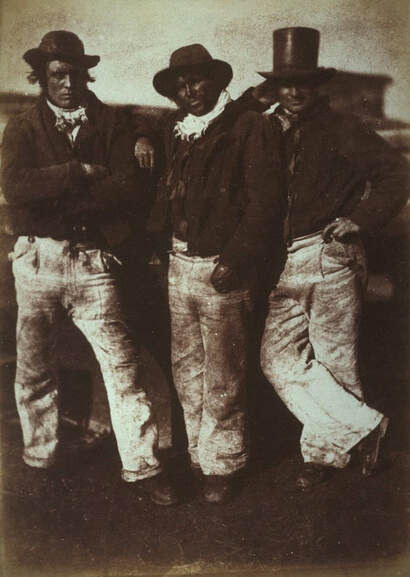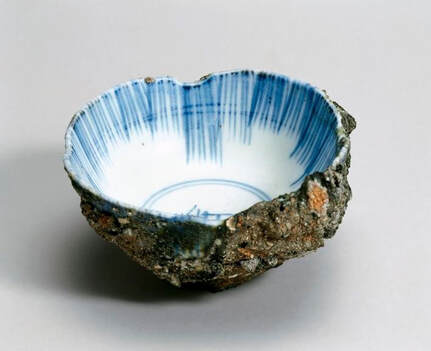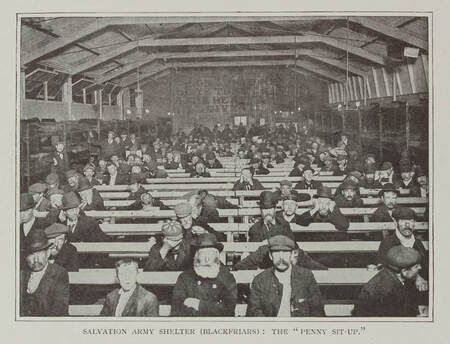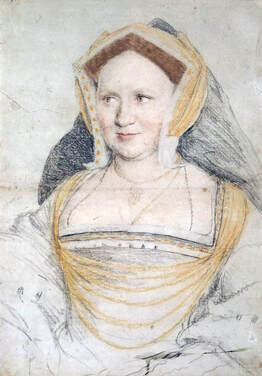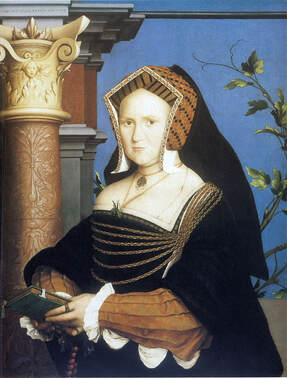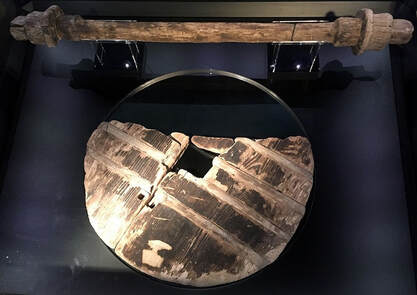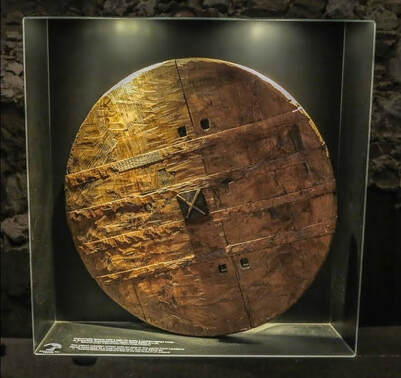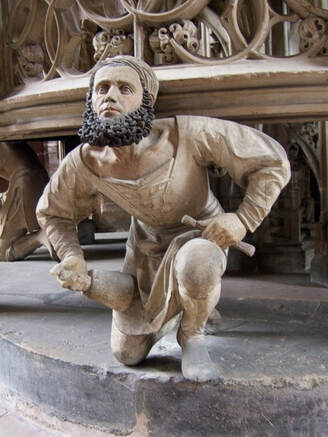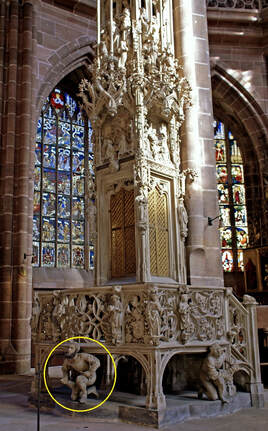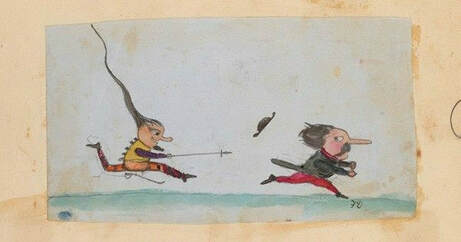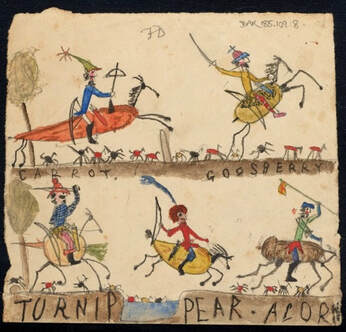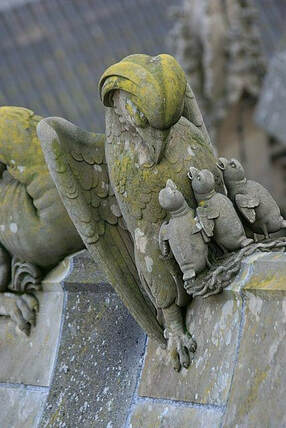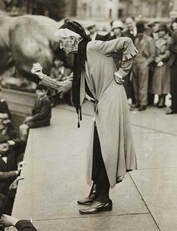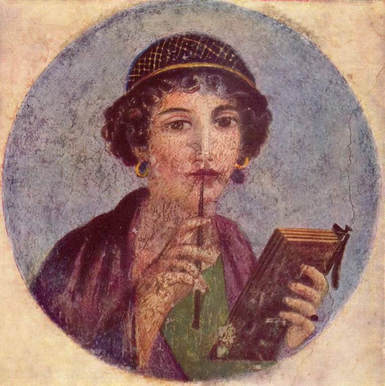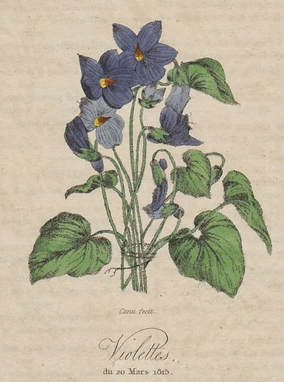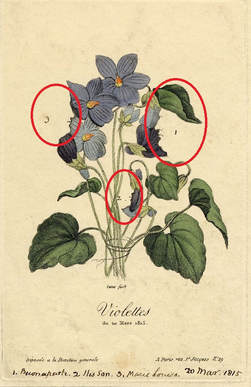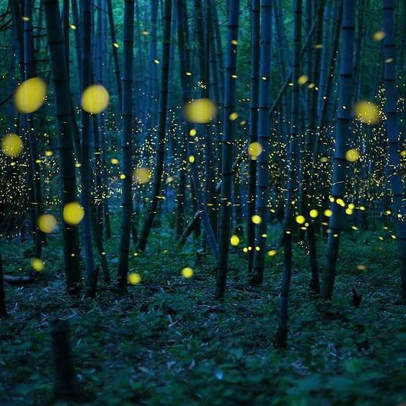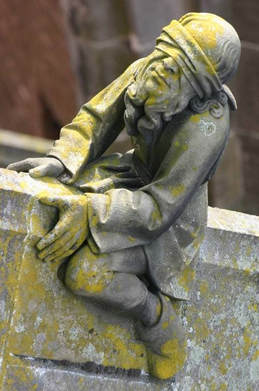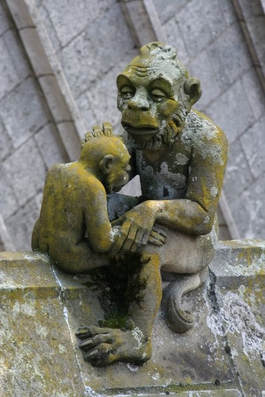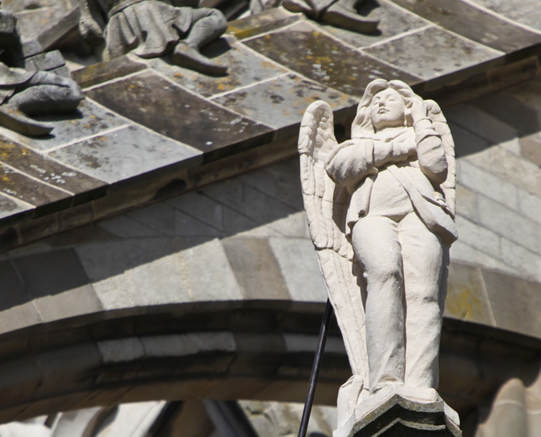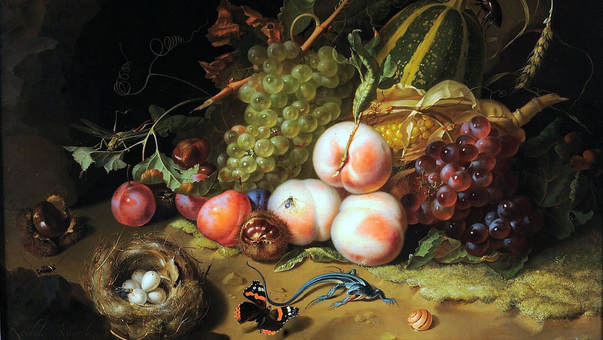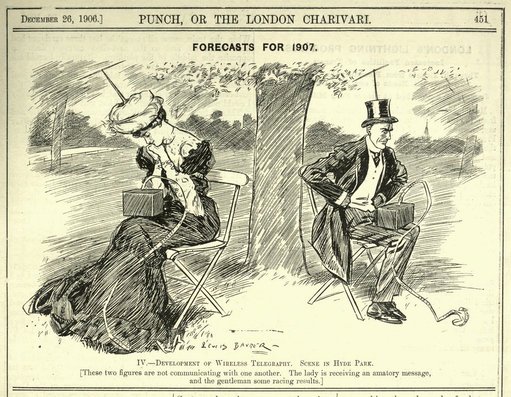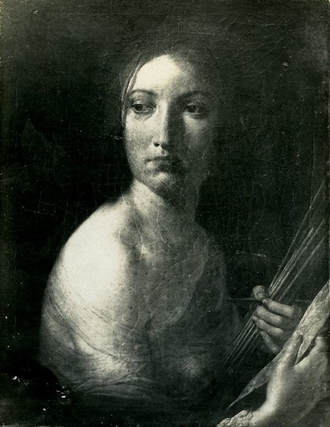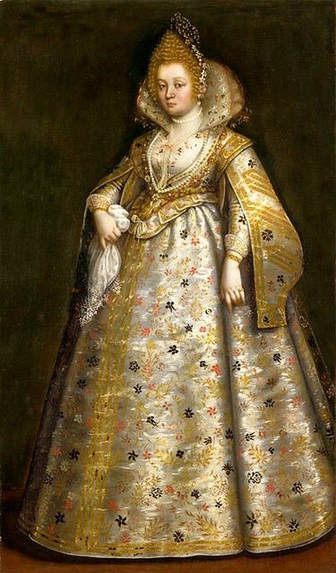OUR TOP ART TWEETS OF THE MONTH
The Journal also has a Twitter (X) account @artinsociety, which has over 58,000 followers. Each month, we post here some of our most popular posts, slightly edited, from previous months. Here is the latest selection.
The light of knowledge
Almost touchable fabrics and fine detail in ‘A Young Scholar & his Tutor’ (1630). Previously attributed to Gerrit Dou, this luminous work is now credited to the workshop of Rembrandt (Getty Centre)
The light of knowledge
Almost touchable fabrics and fine detail in ‘A Young Scholar & his Tutor’ (1630). Previously attributed to Gerrit Dou, this luminous work is now credited to the workshop of Rembrandt (Getty Centre)
Interpreting a quizzical downward gaze
Art historians have always argued about the expression on this barmaid’s face in Manet’s Bar at the Folies Bergère, but I’m more interested in what you think ~ is she bored / sulky / lost in thought / resigned / alienated / tired / sad? Does your view change if you cover her eyes?
Art historians have always argued about the expression on this barmaid’s face in Manet’s Bar at the Folies Bergère, but I’m more interested in what you think ~ is she bored / sulky / lost in thought / resigned / alienated / tired / sad? Does your view change if you cover her eyes?
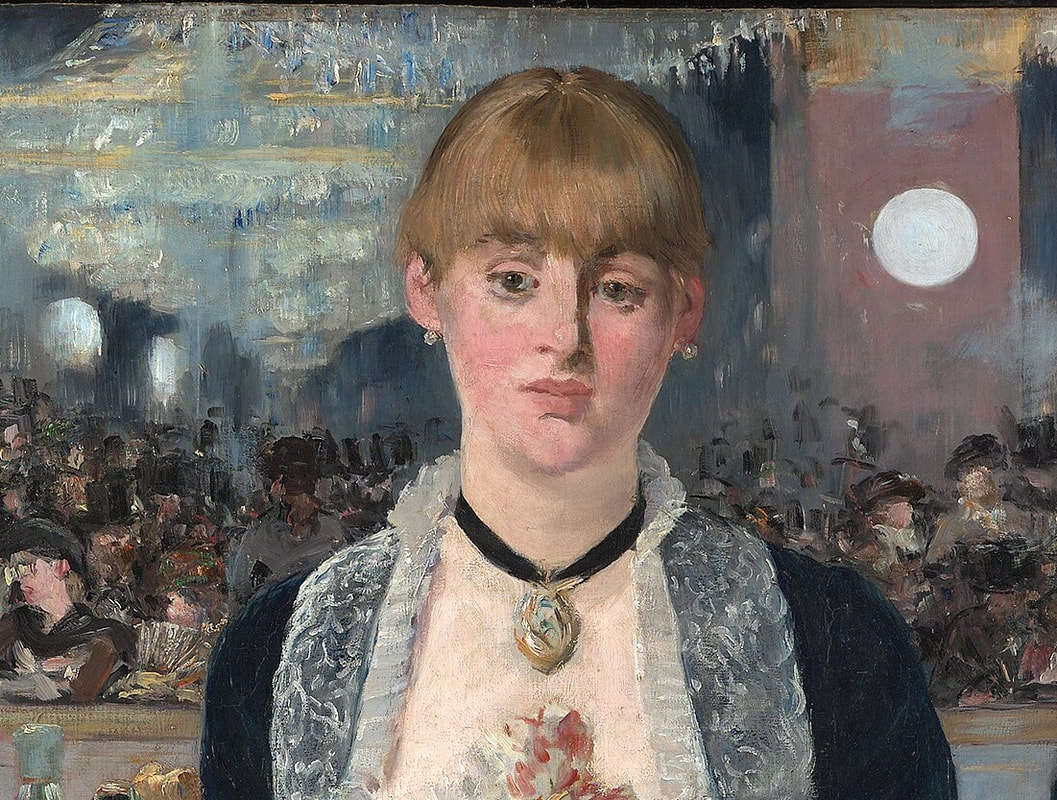
A brassy welcome
Admiring this striking brass door handle, designed in Art Nouveau style by Heinrich Vogeler in 1905. It adorns the entrance to the Bremen City Hall Council Room https://artnouveaustyle.tumblr.com/post/74378885985/door-handle-on-the-entrance-to-the-bremen-city
Admiring this striking brass door handle, designed in Art Nouveau style by Heinrich Vogeler in 1905. It adorns the entrance to the Bremen City Hall Council Room https://artnouveaustyle.tumblr.com/post/74378885985/door-handle-on-the-entrance-to-the-bremen-city
Everything's coming up roses
The traditional Norwegian folk art known as Rosemåling, with its stylised depictions of scrolls, flowers & geometric forms, in this impressive interior house decoration by Olav Hanssen, 1784 (Heddal Open-air Museum, Norway, photo: Lisa Amalie Elle)
The traditional Norwegian folk art known as Rosemåling, with its stylised depictions of scrolls, flowers & geometric forms, in this impressive interior house decoration by Olav Hanssen, 1784 (Heddal Open-air Museum, Norway, photo: Lisa Amalie Elle)
Better late than never
Carved from the top downwards, into the solid rock of a hill ~ the spectacular 8th century Vettuvan Koil temple, in Tamil Nadu, India. It remains unfinished.
Carved from the top downwards, into the solid rock of a hill ~ the spectacular 8th century Vettuvan Koil temple, in Tamil Nadu, India. It remains unfinished.
Big talent in small packages
Traditionally, Japanese men stored items in small containers, fixed to their waist-sash by cord secured by a “netsuke” (toggle). Though tiny, these were often intricately carved & decorative ~ here’s 'Man Catching Chickens'.
Traditionally, Japanese men stored items in small containers, fixed to their waist-sash by cord secured by a “netsuke” (toggle). Though tiny, these were often intricately carved & decorative ~ here’s 'Man Catching Chickens'.
Photograph vs painting
German artist Gerhard Richter’s oil painting ‘Betty’, based on photo of his young daughter, with slight blurring created by dragging dry brush across still-wet paint. Has she been distracted, or is she deliberately rejecting our gaze? We’ll never know! (1988, St Louis Art Museum)
German artist Gerhard Richter’s oil painting ‘Betty’, based on photo of his young daughter, with slight blurring created by dragging dry brush across still-wet paint. Has she been distracted, or is she deliberately rejecting our gaze? We’ll never know! (1988, St Louis Art Museum)
The triumphant mouse
Here's painter musician Stuart Dunkel's vision of a small white mouse triumphant among the raspberries
Here's painter musician Stuart Dunkel's vision of a small white mouse triumphant among the raspberries
Fearsome ancient king
2,300 years old, this astonishingly life-like bronze head of Thracian king Seuthes III ~ with alabaster & glass paste eyes (so bloodshot!), copper strips for eyelashes & eyebrows, & maybe evidence of old injury to cheekbone. Found in his tomb in 2004 (Nat Mus Archaeology, Sofia)
2,300 years old, this astonishingly life-like bronze head of Thracian king Seuthes III ~ with alabaster & glass paste eyes (so bloodshot!), copper strips for eyelashes & eyebrows, & maybe evidence of old injury to cheekbone. Found in his tomb in 2004 (Nat Mus Archaeology, Sofia)
A 10,000-year-old sleeping antelope
Beautifully-observed & realistic figure of a sleeping antelope incised on rock up to 10,000 years ago at Tin Taghirt, Tassili n'Ajjer in Algeria, one of the largest & most important groupings of prehistoric cave art in the world (photo: Linus Wolf)
Beautifully-observed & realistic figure of a sleeping antelope incised on rock up to 10,000 years ago at Tin Taghirt, Tassili n'Ajjer in Algeria, one of the largest & most important groupings of prehistoric cave art in the world (photo: Linus Wolf)
A place in the shade
Giving the effect of a street strewn with white petals ~ grape vines create this sun-dappled shade in the Calle Ciegos at the Bodega Gonzalez Byass winery, in Jerez, Spain
A place in the shade
Giving the effect of a street strewn with white petals ~ grape vines create this sun-dappled shade in the Calle Ciegos at the Bodega Gonzalez Byass winery, in Jerez, Spain
Just a modest little relic
St Stephen’s Purse, ancient receptacle for storing religious relics, probably decorated Charlemagne’s throne, & was said to contain soil soaked with blood of St Stephen. A willow-wood core with gold foil, set with precious stones & pearls (c 850 AD, Kunsthistorisches Museum, Vienna)
St Stephen’s Purse, ancient receptacle for storing religious relics, probably decorated Charlemagne’s throne, & was said to contain soil soaked with blood of St Stephen. A willow-wood core with gold foil, set with precious stones & pearls (c 850 AD, Kunsthistorisches Museum, Vienna)
Confessions of a booklover
One of my favourite images ~ this is what invariably happens when you finally, absolutely resolve to throw out all those old books (Friedrich Frotzel, The Old Bookcase, 1929
One of my favourite images ~ this is what invariably happens when you finally, absolutely resolve to throw out all those old books (Friedrich Frotzel, The Old Bookcase, 1929
Keeping yourself busy
Read this and never, ever complain again about being too busy ~ it’s a checklist of items from Leonardo da Vinci’s rather challenging “to-do” list, as recorded in his notebooks. “Draw Milan” makes a nice start!
Read this and never, ever complain again about being too busy ~ it’s a checklist of items from Leonardo da Vinci’s rather challenging “to-do” list, as recorded in his notebooks. “Draw Milan” makes a nice start!
Do-it-yourself art
In this remarkably fresh Autochrome photograph, taken over 100 years ago, early colour photographer Etheldreda Laing depicts her daughters Janet and Iris at their Oxford home in 1910. She developed the photo herself in her purpose-built darkroom inside the house.
In this remarkably fresh Autochrome photograph, taken over 100 years ago, early colour photographer Etheldreda Laing depicts her daughters Janet and Iris at their Oxford home in 1910. She developed the photo herself in her purpose-built darkroom inside the house.
Always look up in a Cathedral
This is what you'll see if you look skywards inside the 14th century St Mary's Basilica in Krakow Poland.
This is what you'll see if you look skywards inside the 14th century St Mary's Basilica in Krakow Poland.
The power of observation
Half a millennium before we'd even heard of photography, Jan van Eyck produced this (Detail from Man with Carnation, 1436)
Half a millennium before we'd even heard of photography, Jan van Eyck produced this (Detail from Man with Carnation, 1436)
A wonder of Scythian gold
Astonishing detail in this intricate 2,400 year-old crescent-shaped Scythian gold neckpiece (“pectoral”) uncovered in a royal grave in 1971 ~ 48 figures including griffins, lions, bears and domestic animals (Museum of Historical Treasures, Kiev)
Astonishing detail in this intricate 2,400 year-old crescent-shaped Scythian gold neckpiece (“pectoral”) uncovered in a royal grave in 1971 ~ 48 figures including griffins, lions, bears and domestic animals (Museum of Historical Treasures, Kiev)
Sailing into immortality
George Hodge spent 43 years as a sailor, starting in 1790 at age 13, and kept this 500-page illustrated diary about life in the “difrint ports & ships” he sailed in
George Hodge spent 43 years as a sailor, starting in 1790 at age 13, and kept this 500-page illustrated diary about life in the “difrint ports & ships” he sailed in
Why potatoes are good for you
In 1868, two boys, Jim Quin and Paddy Flanagan, were digging in a potato field in County Limerick when they discovered this -- the Ardagh Chalice. Made in the 8th century, spun silver decorated with gold and enamel, 20 cm (8 in) across (National Museum of Ireland)
In 1868, two boys, Jim Quin and Paddy Flanagan, were digging in a potato field in County Limerick when they discovered this -- the Ardagh Chalice. Made in the 8th century, spun silver decorated with gold and enamel, 20 cm (8 in) across (National Museum of Ireland)
Monet's escape from care
In August 1881, Monet sought to escape from his domestic and financial worries by holidaying alone on the Normandy coast. Here he captures the effect of the sunset in this view across a gorge to a cliff-top church (The Church at Varengeville)
In August 1881, Monet sought to escape from his domestic and financial worries by holidaying alone on the Normandy coast. Here he captures the effect of the sunset in this view across a gorge to a cliff-top church (The Church at Varengeville)
A catfish for protection
If you were a young noble woman in Middle Kingdom Egypt about 4,000 years ago, you might be wearing this gold pendant of a Nile Catfish at the end of your plaited hair, as a talisman against drowning (4 cm)
If you were a young noble woman in Middle Kingdom Egypt about 4,000 years ago, you might be wearing this gold pendant of a Nile Catfish at the end of your plaited hair, as a talisman against drowning (4 cm)
Stars in her eyes
Don’t normally do movie stars here, but this is striking ~ Audrey Hepburn in light blue feathery hat, with colours reflected in her eyes. Photographed in 1962 by Howell Conant
Don’t normally do movie stars here, but this is striking ~ Audrey Hepburn in light blue feathery hat, with colours reflected in her eyes. Photographed in 1962 by Howell Conant
The good old, bad old, days
From our cobweb-festooned archive ~ “Ah, for the good old days, when we weren’t bombarded with advertisements” (Railway Station, 1874, Alfred Concanen)
From our cobweb-festooned archive ~ “Ah, for the good old days, when we weren’t bombarded with advertisements” (Railway Station, 1874, Alfred Concanen)
An ancient tenderness
In this unfinished limestone sculpture, a sitting Pharaoh Akhenaten kisses his daughter (sister of Tutankhamun) as she sits on his lap (c 1350 BC, El-Amarna, Egyptian Museum, Cairo)
In this unfinished limestone sculpture, a sitting Pharaoh Akhenaten kisses his daughter (sister of Tutankhamun) as she sits on his lap (c 1350 BC, El-Amarna, Egyptian Museum, Cairo)
Finding beauty in the everyday
Finding beauty in the everyday, especially when it’s 2,000 years old ~ here’s a fresco of peaches and a glass jug of water, from the Vesuvius-ravaged Casa dei Cervi, Herculaneum, 1st century
Finding beauty in the everyday, especially when it’s 2,000 years old ~ here’s a fresco of peaches and a glass jug of water, from the Vesuvius-ravaged Casa dei Cervi, Herculaneum, 1st century
A lively ancient coin
Not often do you see a coin with an octopus on one side,& the other side showing a cow scratching her head with her back foot. Well, here it is, a two-drachma silver coin from Eretria, a city state of ancient Greece / about 500 BC / 2,5 cm (1 inch) across
Not often do you see a coin with an octopus on one side,& the other side showing a cow scratching her head with her back foot. Well, here it is, a two-drachma silver coin from Eretria, a city state of ancient Greece / about 500 BC / 2,5 cm (1 inch) across
Dignity and beauty, despite poverty
17C Flemish artist Michael Sweert's realistic portrait of a half-smiling impoverished woman sympathetically depicts her thinning hair, blemishes and watering eyes without resorting to caricature or cliche (Head of a Woman, getty Centre, 1654)
17C Flemish artist Michael Sweert's realistic portrait of a half-smiling impoverished woman sympathetically depicts her thinning hair, blemishes and watering eyes without resorting to caricature or cliche (Head of a Woman, getty Centre, 1654)
Evolution of Picasso's bull
Stages in Picasso’s depiction of a bull, with progressively increasing degrees of simplicity and abstraction (from ‘Bull’, lithograph, 1945/6)
Stages in Picasso’s depiction of a bull, with progressively increasing degrees of simplicity and abstraction (from ‘Bull’, lithograph, 1945/6)
The glass flowers
In 19th century, Czech glass artists father-and-son Leopold and Rudolph Blaschka created thousands of these beautiful glass models of flowers and plants. They are almost unbelievably realistic (The Ware Collection, Harvard Museum of Natural History)
In 19th century, Czech glass artists father-and-son Leopold and Rudolph Blaschka created thousands of these beautiful glass models of flowers and plants. They are almost unbelievably realistic (The Ware Collection, Harvard Museum of Natural History)
Hard lives at sea
From the infancy of photography ~ three weather-beaten, begrimed fishermen, as depicted by David Octavius Hill & Robert Adamson, as part of their photographic record of 19the century working people’s lives (1840s). Looks like a hard life (National Galleries of Scotland)
From the infancy of photography ~ three weather-beaten, begrimed fishermen, as depicted by David Octavius Hill & Robert Adamson, as part of their photographic record of 19the century working people’s lives (1840s). Looks like a hard life (National Galleries of Scotland)
From the ashes
Modest porcelain bowl found in ruins of Hiroshima after the atomic bomb explosion in August 1945 -- sand and stone had become embedded in the glaze, which had melted from the intense heat.
Modest porcelain bowl found in ruins of Hiroshima after the atomic bomb explosion in August 1945 -- sand and stone had become embedded in the glaze, which had melted from the intense heat.
Down and out in London
For a penny, homeless people in Victorian London could get fed & were allowed to sit on an indoors bench overnight in relative warmth. For twopence, as shown here, they were allowed to lean forward on a rope and sleep (but not lie down). For fourpence, they could even get a lie-down “coffin”.
For a penny, homeless people in Victorian London could get fed & were allowed to sit on an indoors bench overnight in relative warmth. For twopence, as shown here, they were allowed to lean forward on a rope and sleep (but not lie down). For fourpence, they could even get a lie-down “coffin”.
The wonders of autochrome photography
Exactly 100 years ago, respected pioneering woman photographer Mrs GA (Emma) Barton used Lumière Bros’ new autochrome colour process to create this astonishing colour photograph of a young woman in a garden with flowers, fruit and assorted gnomes (1919).
Exactly 100 years ago, respected pioneering woman photographer Mrs GA (Emma) Barton used Lumière Bros’ new autochrome colour process to create this astonishing colour photograph of a young woman in a garden with flowers, fruit and assorted gnomes (1919).
The hidden face of formality
Compare the intimacy and liveliness of Holbein’s chalk sketch of Lady Mary Guilford with the unsmiling formality of his public portrait of her, posing piously with rosary and Book of Hours (1527)
Compare the intimacy and liveliness of Holbein’s chalk sketch of Lady Mary Guilford with the unsmiling formality of his public portrait of her, posing piously with rosary and Book of Hours (1527)
The first known wheel
The world’s oldest known wheel, 5,000+ years old, found with axle in boggy soil of Slovenia’s Ljubjana Marshes. Its craftmanship suggests that wheels had been invented much before this. Made of oak & ash, w/ radius of 70cm, probably used on ox cart. Below it, a reconstruction
The world’s oldest known wheel, 5,000+ years old, found with axle in boggy soil of Slovenia’s Ljubjana Marshes. Its craftmanship suggests that wheels had been invented much before this. Made of oak & ash, w/ radius of 70cm, probably used on ox cart. Below it, a reconstruction
With the world on his shoulders
15C sculptor Adam Kraft’s strikingly naturalistic depiction of himself supporting the intricate gothic tabernacle he created at St Lorenz, Nuremberg (1490s)
15C sculptor Adam Kraft’s strikingly naturalistic depiction of himself supporting the intricate gothic tabernacle he created at St Lorenz, Nuremberg (1490s)
An embellishment on evolution
Charles Darwin’s draft manuscript of ‘On the Origin of Species’ later proved to be an invaluable source of drawing paper for his children, George, Francis and Horace. Here are some of their creative embellishments.
Charles Darwin’s draft manuscript of ‘On the Origin of Species’ later proved to be an invaluable source of drawing paper for his children, George, Francis and Horace. Here are some of their creative embellishments.
Bleeding hearts
From the upper arches of St John’s Cathedral of 's-Hertogenbosch, Netherlands ~ this decorative carving reflects the medieval belief that when food got scarce, mother pelicans would intentionally pierce their own breasts with their beaks & use the blood to feed their chicks.
From the upper arches of St John’s Cathedral of 's-Hertogenbosch, Netherlands ~ this decorative carving reflects the medieval belief that when food got scarce, mother pelicans would intentionally pierce their own breasts with their beaks & use the blood to feed their chicks.
The persistent activist
Anglo-Irish social activist. Charlotte Despard addresses a women’s suffrage meeting at Trafalgar Square in 1910 and, 23 years later, at an anti-fascist rally in the same spot (and in the same pose). She was 89 at the time.
Anglo-Irish social activist. Charlotte Despard addresses a women’s suffrage meeting at Trafalgar Square in 1910 and, 23 years later, at an anti-fascist rally in the same spot (and in the same pose). She was 89 at the time.
World's oldest love poem
World’s oldest love poem, written in cuneiform on this small clay tablet about 2030 BC, on ritual marriage between priestess & Sumerian King Shu-Sin. It was only identified and translated in 1951. The rather passionate text is at R (Nippur, Istanbul Museum of the Ancient Orient)
World’s oldest love poem, written in cuneiform on this small clay tablet about 2030 BC, on ritual marriage between priestess & Sumerian King Shu-Sin. It was only identified and translated in 1951. The rather passionate text is at R (Nippur, Istanbul Museum of the Ancient Orient)
Writer's block in Pompeii
Proof that writer’s block is nothing new ~ this Pompeiian woman with gold-threaded hair engages us as she muses over her wax tablet. She’d soon have plenty to write about, so let’s hope she survived (Pompeii, 55-79AD, unearthed 1760, National Archaeological Museum of Naples).
Proof that writer’s block is nothing new ~ this Pompeiian woman with gold-threaded hair engages us as she muses over her wax tablet. She’d soon have plenty to write about, so let’s hope she survived (Pompeii, 55-79AD, unearthed 1760, National Archaeological Museum of Naples).
Violets for Napoleon
On his exile to Elba, Napoleon vowed he’d return to Paris the next year, like his favourite flower, the violet, did each spring. Here, Canu celebrates that return in March 1815 by hiding silhouettes of Napoleon, his son & 2nd wife Marie Louise in bunch of violets (Clues at R).
On his exile to Elba, Napoleon vowed he’d return to Paris the next year, like his favourite flower, the violet, did each spring. Here, Canu celebrates that return in March 1815 by hiding silhouettes of Napoleon, his son & 2nd wife Marie Louise in bunch of violets (Clues at R).
Fireflies in moonlit bamboo forest
Just admiring this striking photograph of fireflies in a moonlit bamboo forest, at the start of the Japanese rainy season (Kei Nomiyama, “Enchanted Bamboo Forest”, 2016 Sony World Photography Awards.
Just admiring this striking photograph of fireflies in a moonlit bamboo forest, at the start of the Japanese rainy season (Kei Nomiyama, “Enchanted Bamboo Forest”, 2016 Sony World Photography Awards.
Striking stone carvings include a ring-in
These striking carved figures at St John’s Cathedral in 's-Hertogenbosch, Netherlands date back to 14C but, hey, that angel with a mobile phone is a frolic by a recent restorer there
These striking carved figures at St John’s Cathedral in 's-Hertogenbosch, Netherlands date back to 14C but, hey, that angel with a mobile phone is a frolic by a recent restorer there
17/18C Netherlands artist Rachel Ruysch
Outstanding 17/18C Netherlands artist Rachel Ruysch won fame for her paintings of flowers, fruits & bugs set against dark backgrounds. Found favour with the Medicis ■ won commissions rivalling Rembrandt’s ■ painted for 68 years ■ and had 10 children
Outstanding 17/18C Netherlands artist Rachel Ruysch won fame for her paintings of flowers, fruits & bugs set against dark backgrounds. Found favour with the Medicis ■ won commissions rivalling Rembrandt’s ■ painted for 68 years ■ and had 10 children
Prescience of early satirical journals
Eerie prescience ~ 1881 US satirical magazine Puck foreshadows introduction of emoticons by 100 years ■ 1906 Punch cartoon predicts couple will prefer to play with their “wireless” devices rather than talk to each other
Eerie prescience ~ 1881 US satirical magazine Puck foreshadows introduction of emoticons by 100 years ■ 1906 Punch cartoon predicts couple will prefer to play with their “wireless” devices rather than talk to each other
17C Venetian artist Chiara Varotari
Almost-forgotten 17C Venetian artist Chiara Varotari was an early advocate for women’s rights, and started her own professional art school. Her ìntense self-portrait here, at L, is a striking contrast to her more formal work
Almost-forgotten 17C Venetian artist Chiara Varotari was an early advocate for women’s rights, and started her own professional art school. Her ìntense self-portrait here, at L, is a striking contrast to her more formal work
